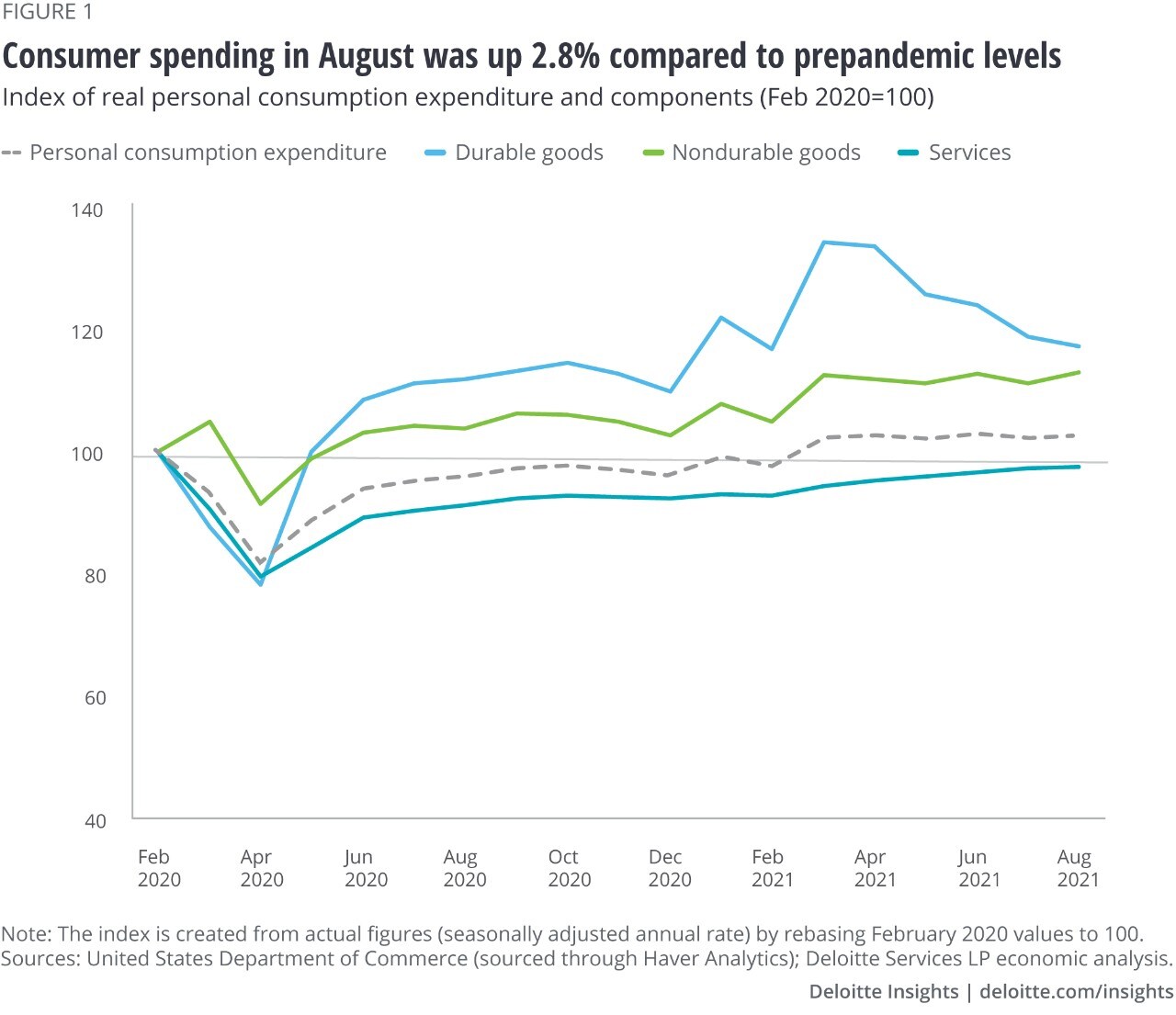Boosting China's Economy: The Crucial Role Of Consumer Spending

Table of Contents
The Current State of Consumer Spending in China
Understanding the current state of Chinese consumer spending is crucial for developing effective strategies. While China boasts a massive consumer market, several factors influence spending patterns and growth rates. Analyzing these is key to unlocking the full potential of the Chinese consumer.
-
Impact of Income Inequality, Urbanization, and Demographics: Significant income inequality remains a challenge. While urbanization continues to drive consumption in major cities, rural areas lag behind. The changing demographics, with a shrinking working-age population and an aging society, also present both opportunities and challenges for consumer spending growth. This necessitates targeted strategies to address regional disparities and cater to the evolving needs of different demographic groups.
-
Shifting Consumer Preferences: Chinese consumers are increasingly prioritizing higher-quality goods and services, demonstrating a shift from quantity to quality. This includes a growing demand for premium brands, experiences, and personalized products. Understanding this trend is crucial for businesses aiming to capture market share.
-
The Digital Revolution: Online shopping and digital payments have revolutionized Chinese consumer behavior. E-commerce platforms like Alibaba and JD.com dominate the retail landscape, providing unparalleled convenience and access to a vast array of goods and services. This digital transformation presents opportunities for businesses to leverage technology for targeted marketing and personalized experiences.
-
Government Initiatives: The Chinese government has implemented various initiatives aimed at stimulating consumption, including tax cuts, subsidies, and infrastructure development projects. The effectiveness of these measures in boosting Chinese consumer spending remains a subject of ongoing analysis. These policies often focus on stimulating specific sectors or addressing specific challenges in the consumer market.
Strategies to Stimulate Consumer Spending
Boosting consumer spending requires a multi-pronged approach focusing on increasing disposable income, enhancing consumer confidence, and improving infrastructure and access to goods and services.
Increasing Disposable Income
Raising disposable income is fundamental to boosting consumer spending in China. Several strategies can contribute to this goal:
-
Wage Growth and Income Inequality Reduction: Policies promoting fair wage growth across all sectors and addressing income inequality are essential. This may involve minimum wage increases, stronger labor protections, and initiatives to improve opportunities for lower-income groups.
-
Strengthening Social Safety Nets: Improvements to social security and healthcare systems would reduce financial burdens on households, freeing up more disposable income for consumption. This includes expanding access to affordable healthcare and ensuring adequate retirement benefits.
-
Strategic Tax Reforms: Well-designed tax reforms can significantly boost consumer spending power. This might include adjustments to personal income tax rates, reductions in sales taxes on essential goods, or targeted tax breaks for lower-income households.
Enhancing Consumer Confidence
Consumer confidence is a critical driver of spending. Strategies to build trust and reduce anxieties are essential:
-
Building Trust in the Economy: Transparent and effective communication from the government regarding economic policies and performance is vital in building public trust and reducing uncertainty. This includes clear and consistent messaging about economic stability and growth prospects.
-
Addressing Employment and Housing Concerns: Addressing anxieties related to employment security and housing affordability can significantly boost consumer confidence. This might involve creating more stable job markets, providing affordable housing solutions, and implementing policies to reduce housing costs.
Improving Infrastructure and Access to Goods & Services
Efficient infrastructure and easy access to goods and services are crucial for fostering consumer spending:
-
Infrastructure Investments: Investments in infrastructure, especially in rural areas and less-developed regions, are essential to connect consumers to markets and improve their access to goods and services. This includes improvements in transportation, communication networks, and utilities.
-
Efficient Logistics and Supply Chains: Streamlining logistics and supply chains can reduce costs and improve the availability of goods, thus boosting consumer spending. Efficient transportation and warehousing are key aspects of this process.
-
Financial Inclusion: Expanding access to financial services and credit for consumers, especially in underserved areas, can unlock significant spending potential. This includes promoting digital financial services and providing access to affordable credit for consumers.
The Long-Term Implications of Increased Consumer Spending
Increased consumer spending in China holds significant long-term implications for the nation's economic prosperity:
-
Economic Growth and Job Creation: A robust consumer sector creates a ripple effect across the economy, generating jobs in manufacturing, retail, services, and other sectors. This increased economic activity leads to higher overall economic growth.
-
Innovation and Entrepreneurship: Growing consumer demand fuels innovation and entrepreneurship, as businesses strive to meet the evolving needs and preferences of consumers. This can create new products, services, and business models, further driving economic growth.
-
Sustainable Consumption Patterns: Encouraging sustainable consumption patterns is crucial for long-term economic and environmental sustainability. This includes promoting the use of eco-friendly products and services and reducing waste.
Conclusion
Boosting consumer spending is not merely a desirable goal but a crucial element of achieving sustainable and balanced economic growth in China. By implementing strategies to increase disposable income, enhance consumer confidence, and improve access to goods and services, China can unlock the full potential of its vast consumer market. To achieve sustainable economic growth, China needs to prioritize boosting consumer spending. Further research and the implementation of the strategies discussed above are crucial for realizing the full potential of the Chinese consumer market and driving long-term economic prosperity.

Featured Posts
-
 Avengers Doomsday The Unanswered Question About Hugh Jackmans Role
May 28, 2025
Avengers Doomsday The Unanswered Question About Hugh Jackmans Role
May 28, 2025 -
 Hasselbaink Ronaldo Nun Emekli Olmasini Istiyor 2026 Duenya Kupasi Tartismasi
May 28, 2025
Hasselbaink Ronaldo Nun Emekli Olmasini Istiyor 2026 Duenya Kupasi Tartismasi
May 28, 2025 -
 Welcome To Wrexham Your Guide To Football Attractions And More
May 28, 2025
Welcome To Wrexham Your Guide To Football Attractions And More
May 28, 2025 -
 Athletics Fall To Marlins On Stowers Game Winning Grand Slam
May 28, 2025
Athletics Fall To Marlins On Stowers Game Winning Grand Slam
May 28, 2025 -
 Kyle Stowers And The Power Of Journaling A Marlins Success Story
May 28, 2025
Kyle Stowers And The Power Of Journaling A Marlins Success Story
May 28, 2025
